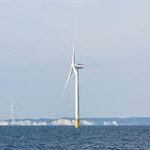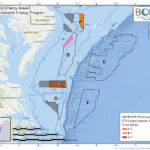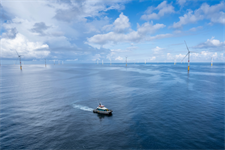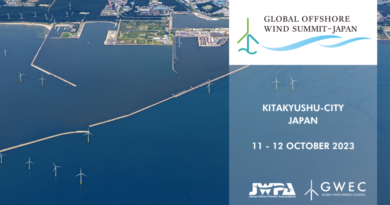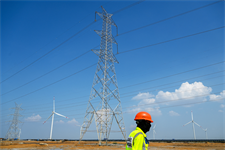India and Denmark collaborate on plan for 15 offshore wind sites
Energy Disrupter
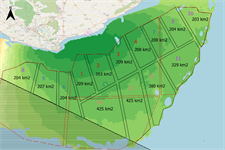
The plan shows that 14 of these are off Tamil Nadu in the south east and one off the Gujarat coast in the north west.
They also produced a viability assessment of existing port infrastructure for the two states.
Based on Denmark’s approach to spatial planning, the conceptual plan, they said, provides “substantial inputs” to the current stakeholder dialogue on the recently released draft tender document from MNRE for the first 4GW of offshore wind farms in India, which are planned for auction off Tamil Nadu in the coming year.
The three reports published by MNRE and the Danish Energy Agency, via their joint Centre of Excellence for Offshore Wind and Renewable Energy initiative, highlighted the screening process as well as the conceptual build-out plan for selected zones offshore from the two states.
One of their recommendations is for four initial sites (zones B, D, E and G) to be prioritised for survey for the first Tamil Nadu projects.
These four locations offer “some of the best available sites for offshore wind development projects within the country, with relatively high wind speeds, favourable seabed depths and limited conflicts with environmental and social receptors.” according to the specific Tamil Nadu report.
India’s 30GW target
Meanwhile, “adopting a relatively high capacity density would allow for up to 25GW across the [14] identified areas in Tamil Nadu alone”, according to a joint statement by the two organisations. “This provides a clear pipeline and contribution to the 30GW government target for offshore wind in 2030,” they added.
Several ports in Tamil Nadu and Gujarat fulfil basic navigation and access criteria to support installation of wind turbines and foundations, they said. “However, these ports require significant upgrades in key infrastructure such as quaysides and yards, which are necessary for the marshalling of wind turbine components,” they said. “Therefore, a set of development alternatives are proposed for each port.”


